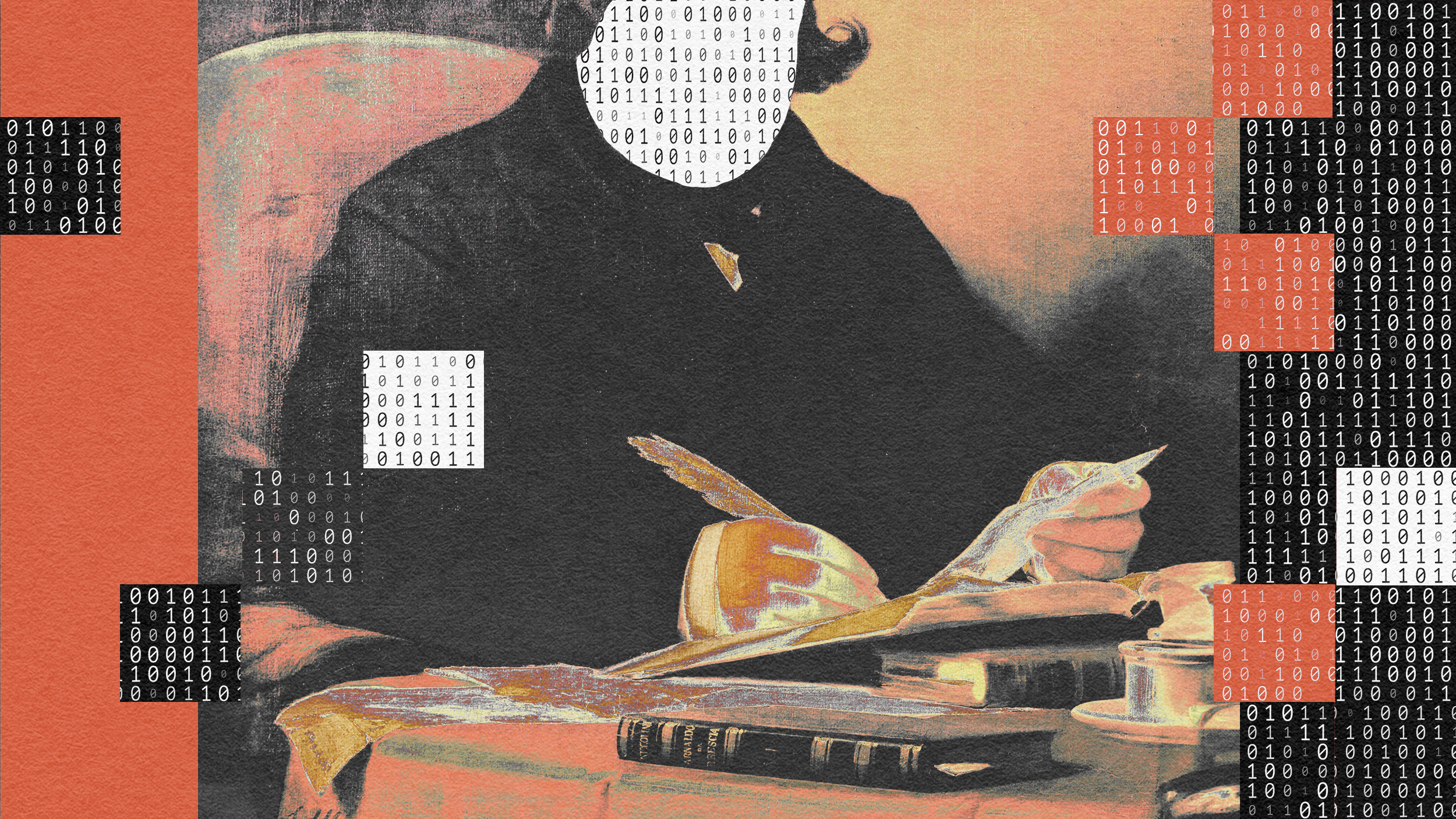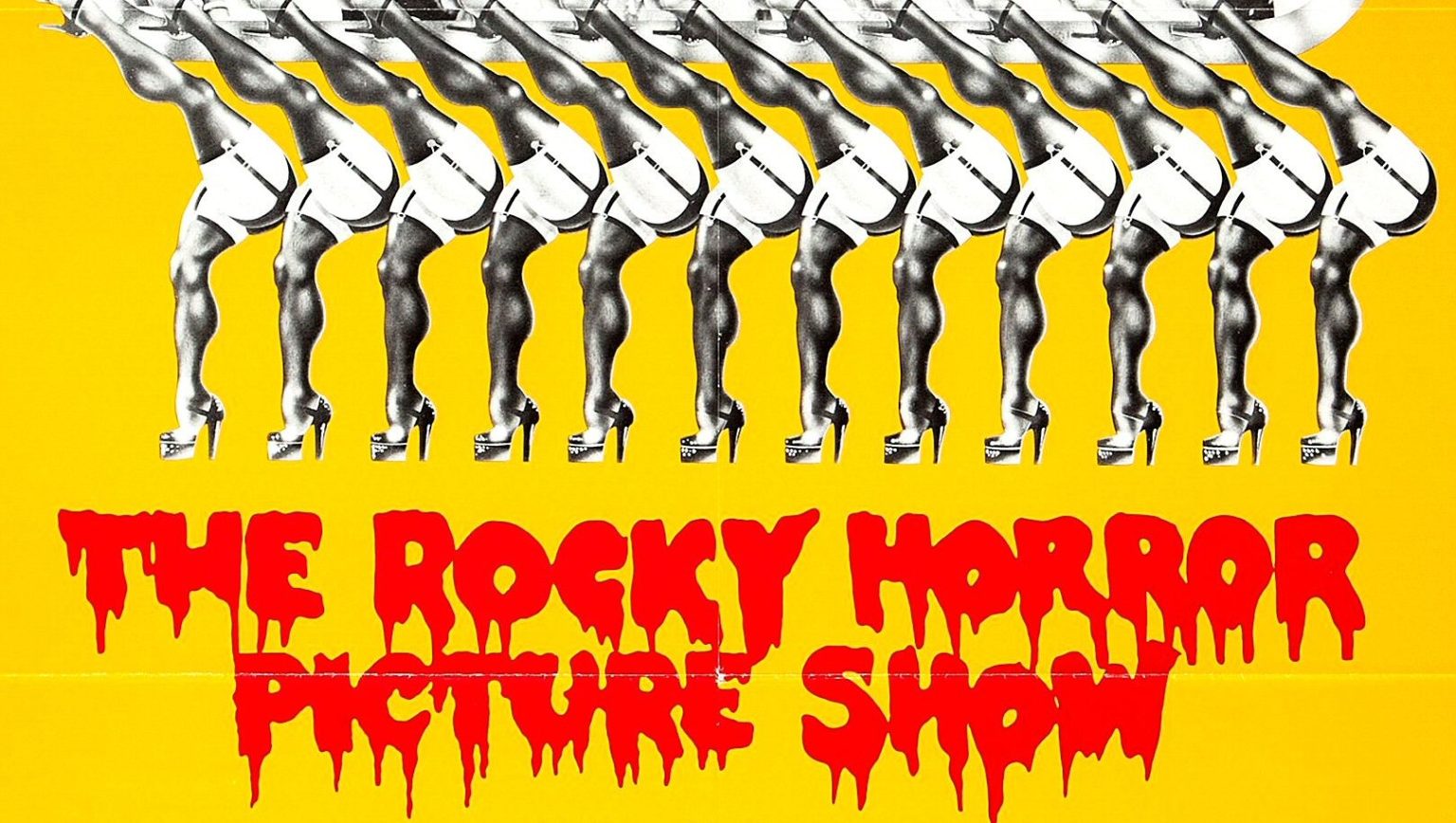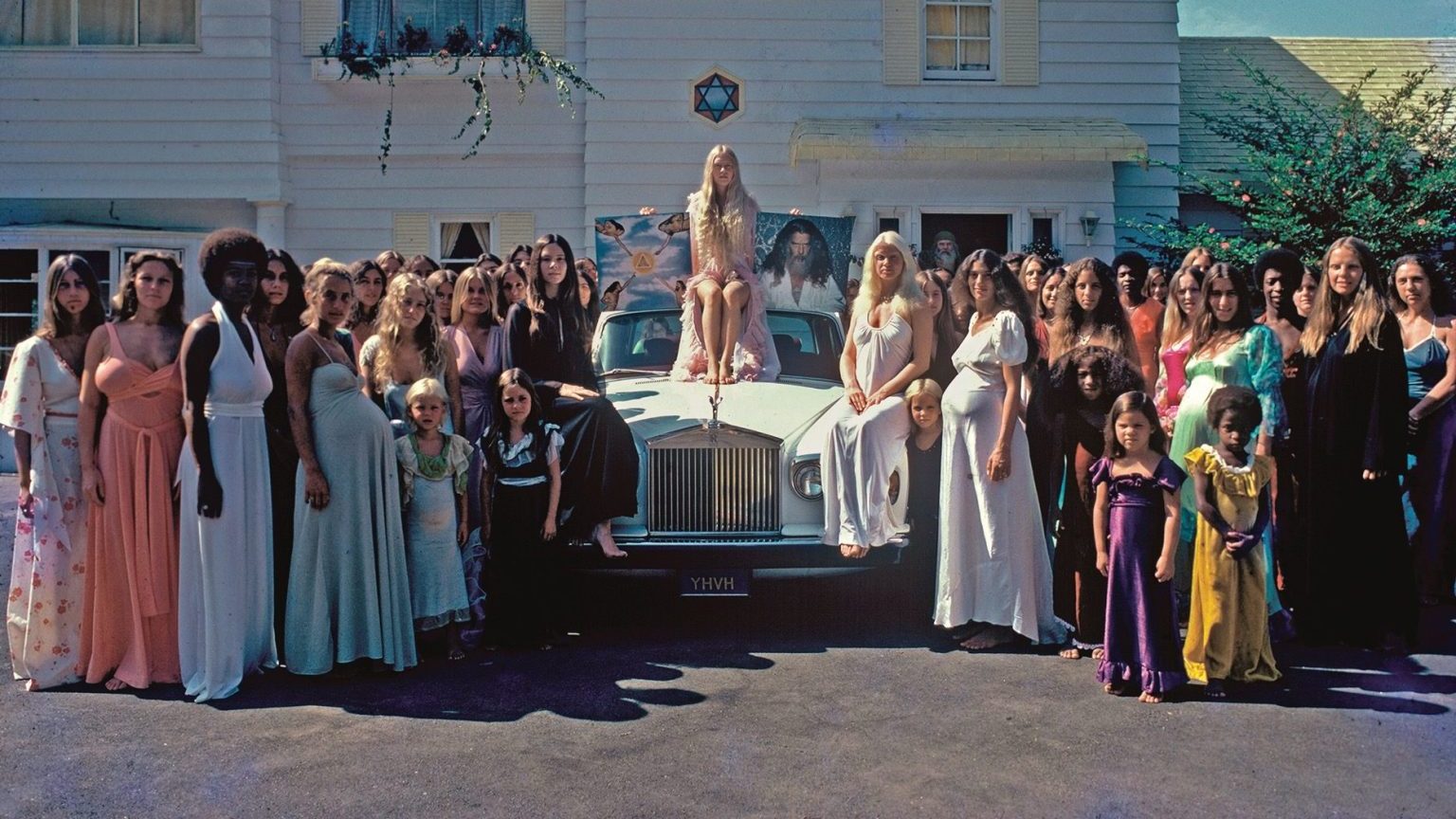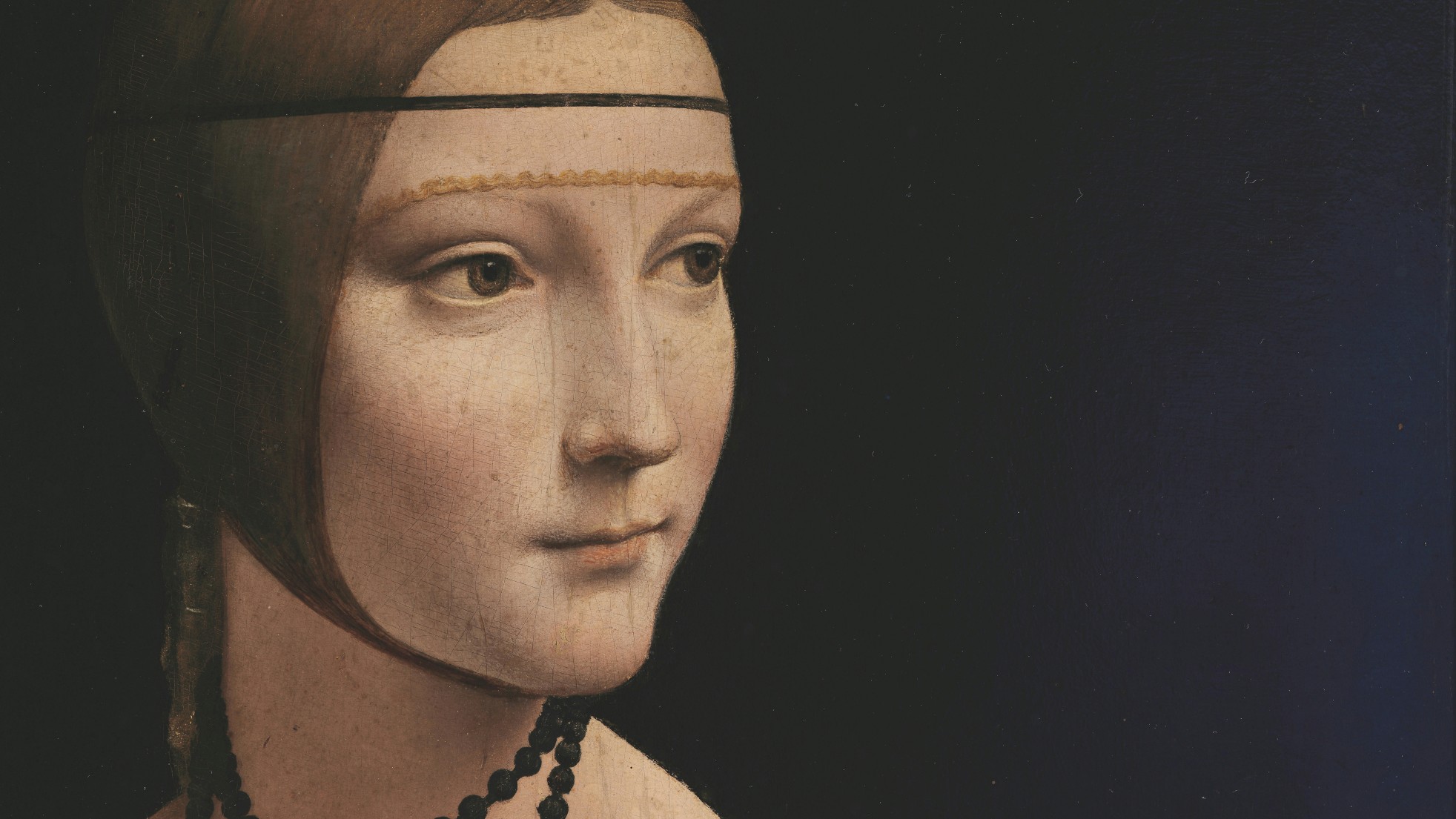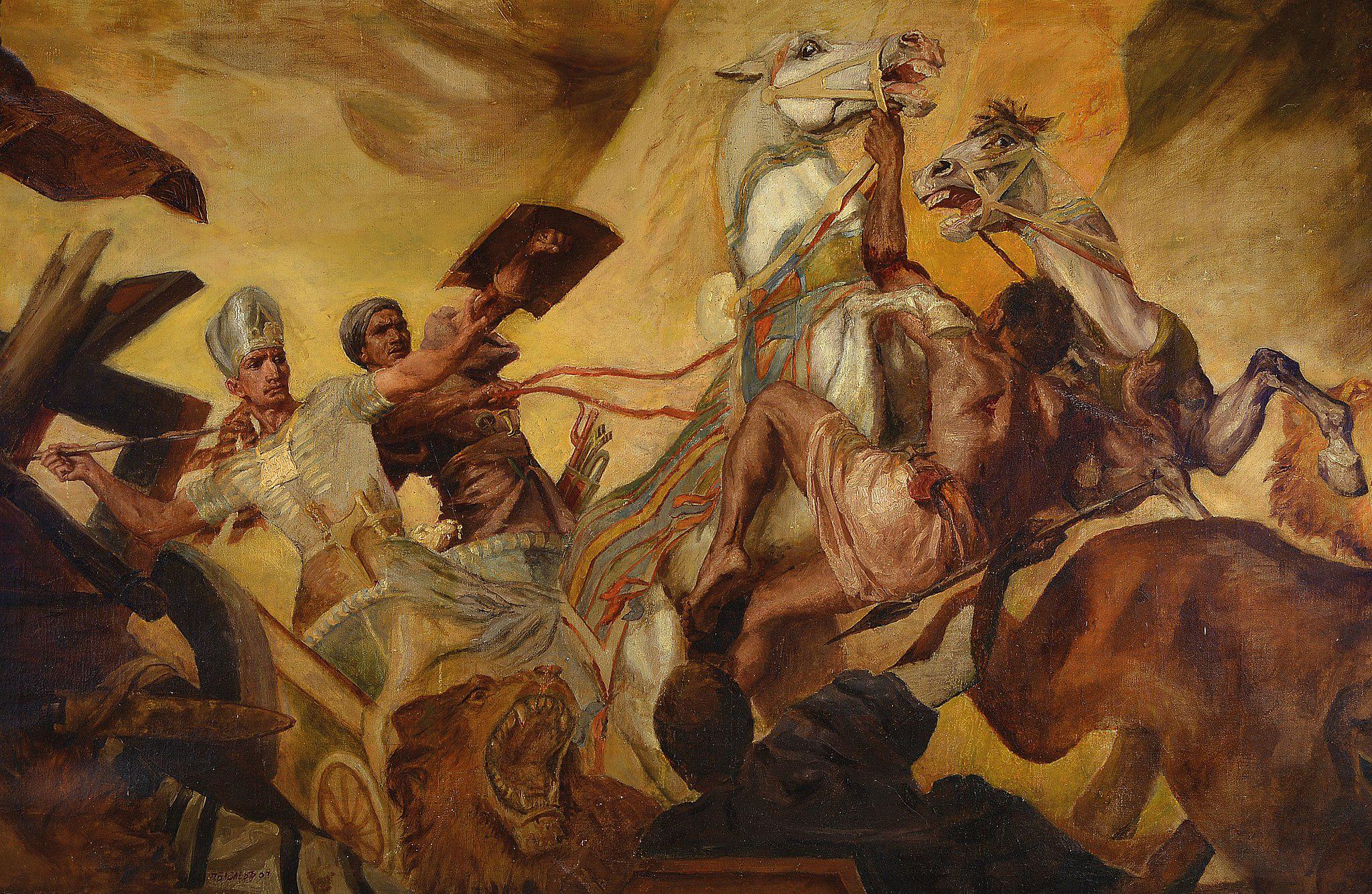Why Is Kate Middleton’s Official Portrait So Bad?

Even if you’re not a royals watcher, you can’t avoid the saga of Will and Kate. Kate Middleton—wife of Prince William, current Duchess of Cambridge, possibly future Queen of England, and mother-to-be of future kings and/or queens—recently came face to face with a rite of passage for all royals—the dreaded official portrait. Sadly, the renowned fashion trend setter found herself immersed in an old trend of a different fashion—smiling bravely as the public and critics find fault with your likeness, Paul Emsley’s larger-than-life likeness (detail shown above). Emsley’s an award-winning artist with obvious skills, but the resulting official portrait’s been called everything from “dull” to “rotten.” How, when your subject is a young, beautiful, vivacious woman on top of the world, can you make a portrait so bad?
If you scroll all the way down to the bottom of this Daily Mail piece, you’ll find a video in which Emsley explains his approach and his intentions for the portrait. Emsley worked from a photograph of the Duchess in employing his highly detailed, photorealistic style. He wished to emphasize what he saw as the strengths of her eyes (whose bright green color he brought out with a dark background) and her hair (which forms a swirling frame around her face). Emsley decided to make the portrait a little more than twice life size to allow viewers to see the textures and details of his work better.
A quick glance at a gallery of Emsley’s portrait paintings and drawings testifies to his proven track record of technical excellence, especially in the drawings. Most of the portraits feature the straight on, extreme close-up format of the Middleton portrait. Emsley’s portrait of Nelson Mandela really captures Mandela’s strength and perseverance in the face of oppression. Emsley’s exacting precision reproduces every line etched on Mandela’s face—a road map of his imprisonment and eventual triumph. Unfortunately, what makes that approach suitable for Mandela makes it unsuitable for Middleton. As many other critics have noted, Emsley’s portrait ages Duchess Kate by 20 years. Even if those little lines and wrinkles exist in real life, the fairy tale young Duchess doesn’t deserve for them to be emphasized in such a way. Few people benefit from a direct, full-on vantage point. Middleton’s face seems much wider and fuller in the portrait. If Emsley simply turned her face slightly (as he did in this young woman’s portrait), the age and weight illusion might have disappeared.
Emsley’s portrait is technically beautiful but aesthetically unpleasant because of such miscalculations. Doubling the size of the portrait head approaches a “larger than life” feel, but somehow fails, making Middleton look more like a giant than an icon. If Emsley wanted to go big, he should have gone Chuck Close big or Andy Warhol big. Going half way somehow adds to the “dullness” of the portrait. But, in Emsley’s defense, he was fighting a losing battle. Middleton’s portrait fails as because of the tensions within English royalty itself between its conservative nature and its desire to be relevant to modern times. Rather than old wine in a new bottle, Middleton’s portrait is new wine in a dusty, old bottle. A portrait true to Duchess Kate would embody her modern woman charisma. Alas, Emsley’s portrait truly ages Middleton before her time in an attempt to make her part of the grand necropolis that is the anachronism of royalty in the 21st century. Emsley’s taking a beating for this painting, but he simply delivered what he was hired to do. If anything good comes of this first official portrait, it will be that later official portraits will better capture both Kate Middleton the physical woman and Kate Middleton the idea of a new direction and relevance for the royals.
[Image:Paul Emsley. Kate Middleton (detail), 2012.]
